As modern humans, convenienced by information available at our fingertips, we take for granted a time when communication and access to knowledge was not instantaneous. The knowledge of history, technology, food and medicinal resources, was once proudly guarded information, determined to be the property of a privileged few.
According to a recent study by Marshall Poe, a professor of the history at the University of Iowa, the history of human communication can be divided into six stages. These stages of development are organized as: oral (speech), manuscript (handwriting), print (presses), audiovisual (recordings, radio, film), internet (hosting, posting), and digital (pdf).
Using these six stages, we can examine each of the unique ways that humans have ever interacted. Each one has become a integral in the way humans pass information along to others, or most importantly, to the next generation. This has always been the most effective way of ensuring survival of future generations. But, while Poe’s categories neatly summarize all stages of communication throughout our history, human beings have been telling stories long before most of his stages came into existence..
“Without a single word, this ancient artist who painted the walls of Lascaux was able to record one of the first stories of the human experience, and with every generation that has passed since, we have never stopped.”
Early Storytelling
The caves of Lascaux, France are one of the most significant archeological finds ever to be uncovered. They are not, however, open to public view. If exposed to the elements, these irreplaceable works of art would be destroyed very quickly. That is why they have been sealed off, made accessible only to the scientists and historians that are allowed to study them. Discovered in 1940, the ceiling and walls of the cave interior are painted with immense portraits of ancient animals that once roamed Europe alongside our ancestors. The incredible thing about these paintings is that they are sophisticated. The artist drew them in such a way that represents movement and dimensions. Many of the animal drawings feature shading and have been depicted with multiple legs, representing the motion of the animals as they ran, and their three-dimensionality. In addition to the archaeological significance that this find represents by providing evidence for our ancestors’ intelligence, it also represents their need to record and preserve their daily lives. Whether this was just an early attempt at expression, or an early attempt to record history to pass on to later generations, it serves as one of the earliest examples of storytelling.
The boss-ness that is the Lascaux cave art.
Without a single word, this ancient artist who painted the walls of Lascaux was able to record one of the first stories of the human experience, and with every generation that has passed since, we have never stopped. These original stories may not be as complex as we modern humans are used to, with all our fancy story elements, and our literal and figurative language, but they served the most important function of a story. This image was able to explain what a day in the life of an ancient Europeans looked like. This moment in history represents a greater monument in human development, providing evidence of one of the first moments in which humans began to demonstrate critical and analytical skills beyond those needed for survival. This is evidence of the earliest moments of human consciousness.
” The history and beliefs of a culture became legends, the trial and error of generations became lessons, and the technological advancements led to surplus, riches, and war, which were recorded as history.”
Human beings may have been telling stories long before language and writing, but the inception of both led to an explosion of culture. Pre-civilization societies determined record keeping to be one of the most important jobs. This meant that they held their cultural history and knowledge in as high a regard as collecting food. This makes sense, being that the sharing of the collective history of their people was tantamount to survival. By passing on the knowledge of animal migrations, dangerous areas, medical practices, and the crafting of technology, they increased the chances of survival of their children, their people, and their culture as a whole. Storytelling was the ultimate form of self-preservation.
Often, a select few individuals were tasked with the responsibility of learning, memorizing, and retelling the stories of the tribe or clan. This was vital in places like Sub-Saharan Africa, the birthplace of humanity, where geography was known to play a huge role in isolating groups of people within miles of each other (which is why Africa has the most genetic diversity on the face of the planet). According to Reference.com, over three-thousand distinct tribes are known to inhabit Africa, speaking two-thousand known languages. And those are just the ones we know about, since much the inner continent is still very remote, and may still keep hidden people, languages, and stories that we have yet to uncover. That means, that since the birth of vocal communication, just in Africa alone, storytellers, known in these cultures as griots, were memorizing thousands of collective histories in thousands of languages.
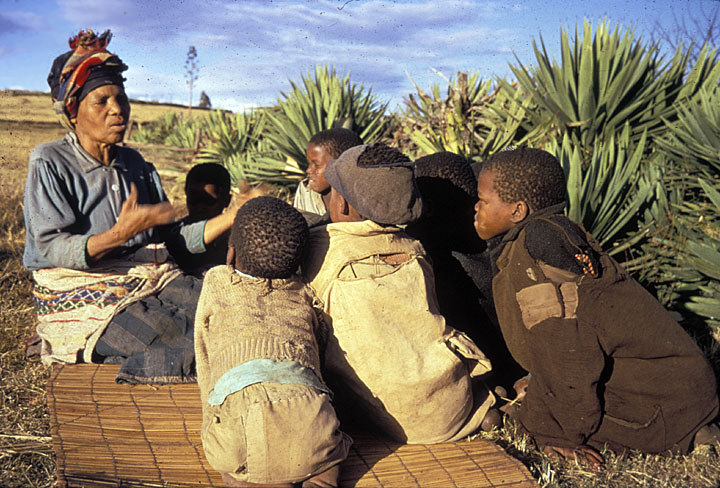
A modern day griot recites a story to the children of the village.
Over time, pictures became pictographs. Pictographs became symbols. Symbols began to represent words, and not ideas. Then eventually, sounds and not words.

Indus script that probably tells the sickest, most epic story we’ll never know.
Crossing the Red Sea, much like our ancestors did when they left Africa, through the Arabian Peninsula, we come to South-Central Asia, where the birth of writing occurred. The earliest archeological evidence of writing can be found in Uruk on the Tigris and Euphrates Rivers in modern Iraq, and in Mohenjo-Daro on the Indus River in modern India. Cuneiform, the famous wedge-shaped writing system that is the first known in history, was deciphered by George Smith and Henry Rawlinson. The Indus script on the other hand, remains completely unknown to us since no codex has been discovered that would allow the translation of the symbols into another known language, as was the case with hieroglyphics in Coptic and Greek by using the Rosetta Stone. Once translated, scholars were able to read the earliest literature ever written, the great Mesopotamian works: Atrahasis, The Descent of Inanna, The Myth of Etana, The Enuma Elish, and the famous Epic of Gilgamesh.
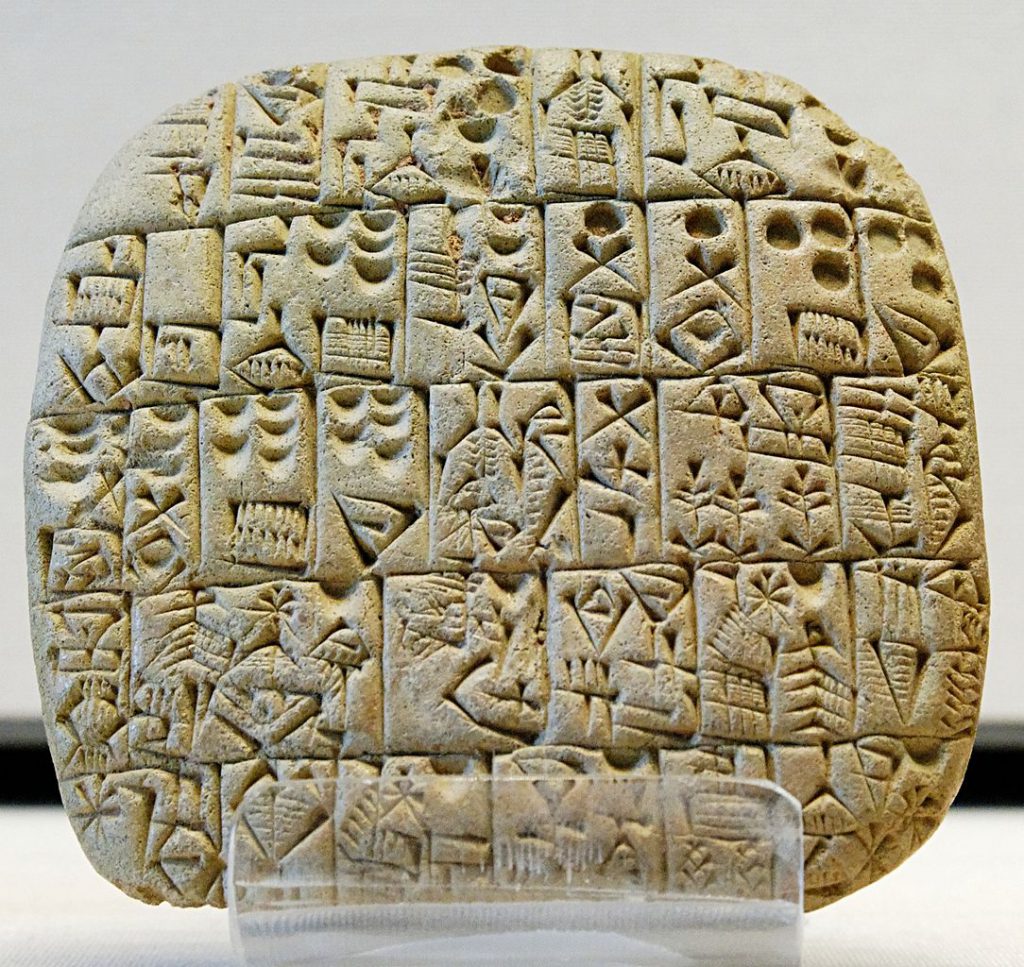
Cuneiform text, probably a receipt for goats.
The Epic of Gilgamesh is particularly fascinating as a story, since it is one of the best known examples of a story archetype that is shared by nearly all the great societies and civilizations of Europe, Asia, Africa, and the Americas: an epic flood story in which the gods wash clean the earth to start again. The truly awe-inspiring aspect of the flood story mystery is how these cultures, who have no historical evidence of contact until the last few thousand years, not only share the same base story idea, but also share them with cultures in the Americas, that at the earliest evidence we can find, did not have consistent contact with Europe or Asia until after 1000 CE.
“…since the birth of vocal communication, just in Africa alone, storytellers, known in these cultures as griots, were memorizing thousands of collective histories in thousands of languages.”
While these incredible, larger than life stories discuss the cultural beliefs of the earliest civilizations, other written artifacts from this time serve a purpose more like the paintings of Lascaux. Most of the written documents of this time were not for public circulation. These stories were recorded for posterity, but for most common people of the Mesopotamian region, they would have still be told orally. Literacy has only been commonplace for the last few centuries. But, whether the everyday merchant class of the Sumer, Akkad, Babylon, or Nineveh knew it or not, they were preserving snippets of the story of the everyday life of ancient Mesopotamians through record-keeping. Granted, most of the documents preserved from the first known civilization are basically contracts and receipts … for like…. goats (Seriously, there is an inordinate amount of livestock transactions in Sumeria), but like the cave paintings, they give us a glimpse of the story of ancient life.
The Presentation of the heart of the dead by Horus,Thoth, and Anubis to Isis and Osiris for judgment on entering the afterlife. (FYI, if you were bad, that croc-hippo-cat gets to eat yo’ heart.)
Whether images, symbols, or letters, these written marks began to grace the walls of public spaces, the surface of burial monuments, and scrolls of vellum and paper. The history and beliefs of a culture became legends, the trial and error of generations became lessons, and the technological advancements led to surplus, riches, and war, which were recorded as history.
Read on young saviors,

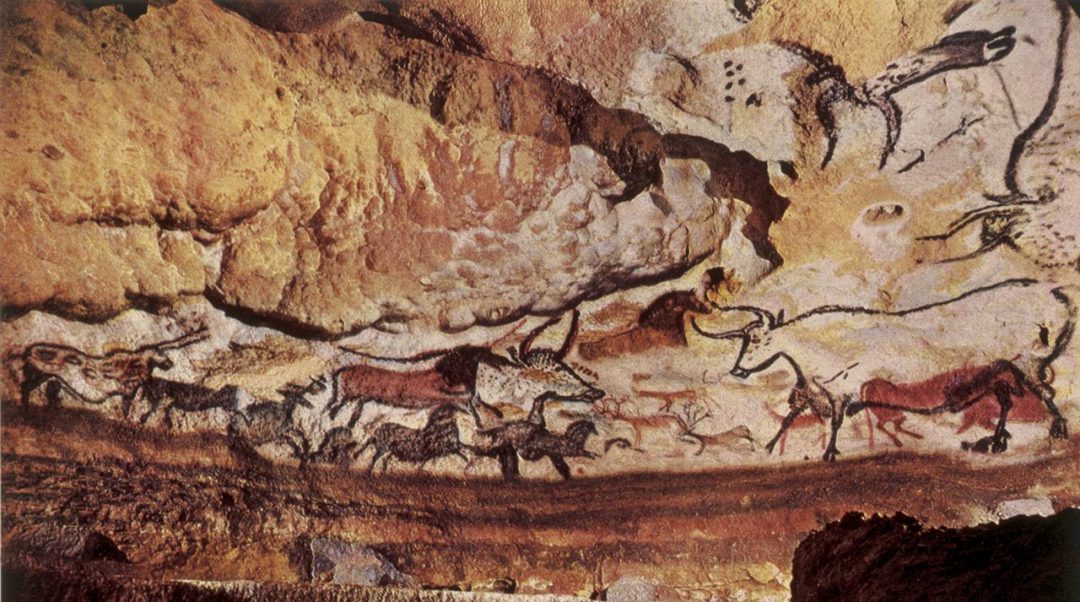
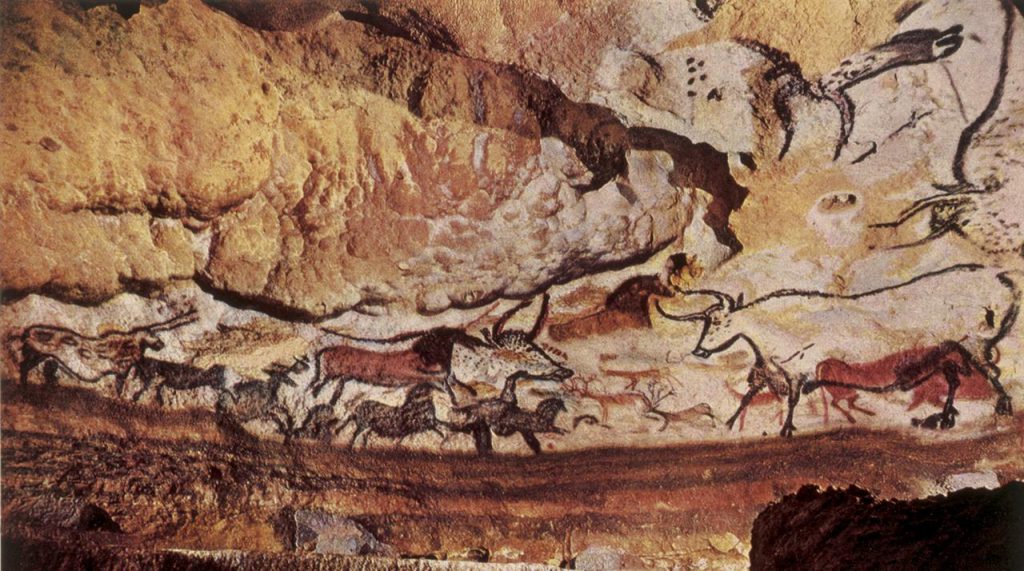
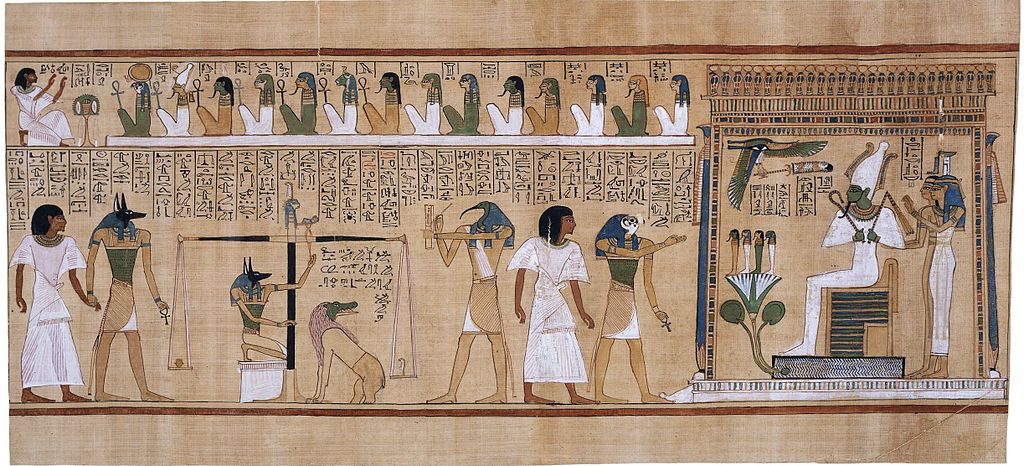


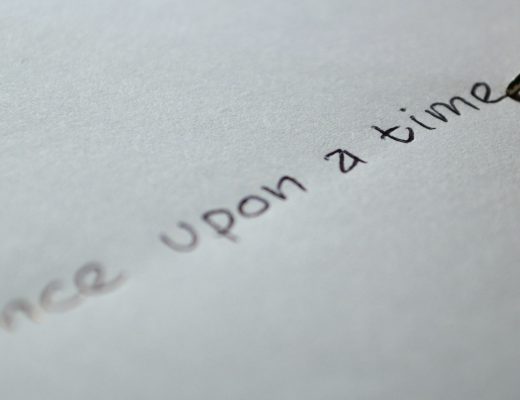


No Comments